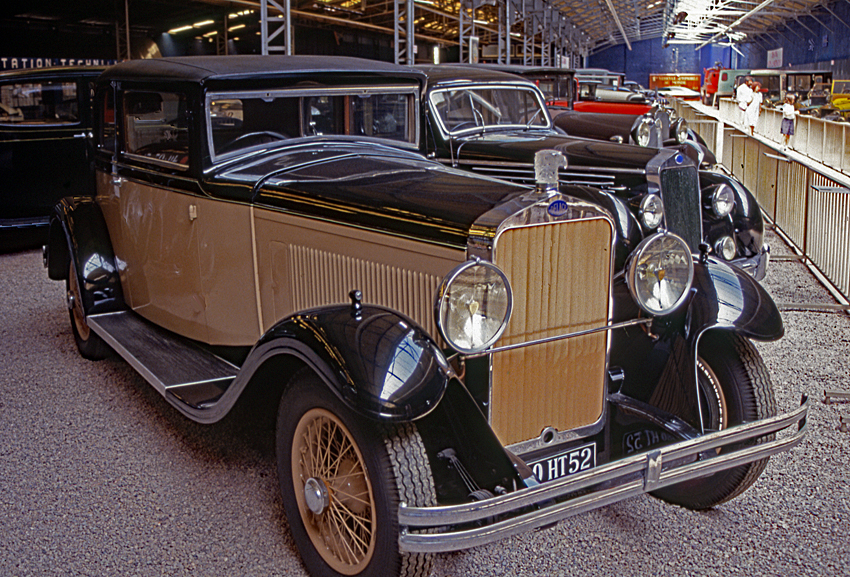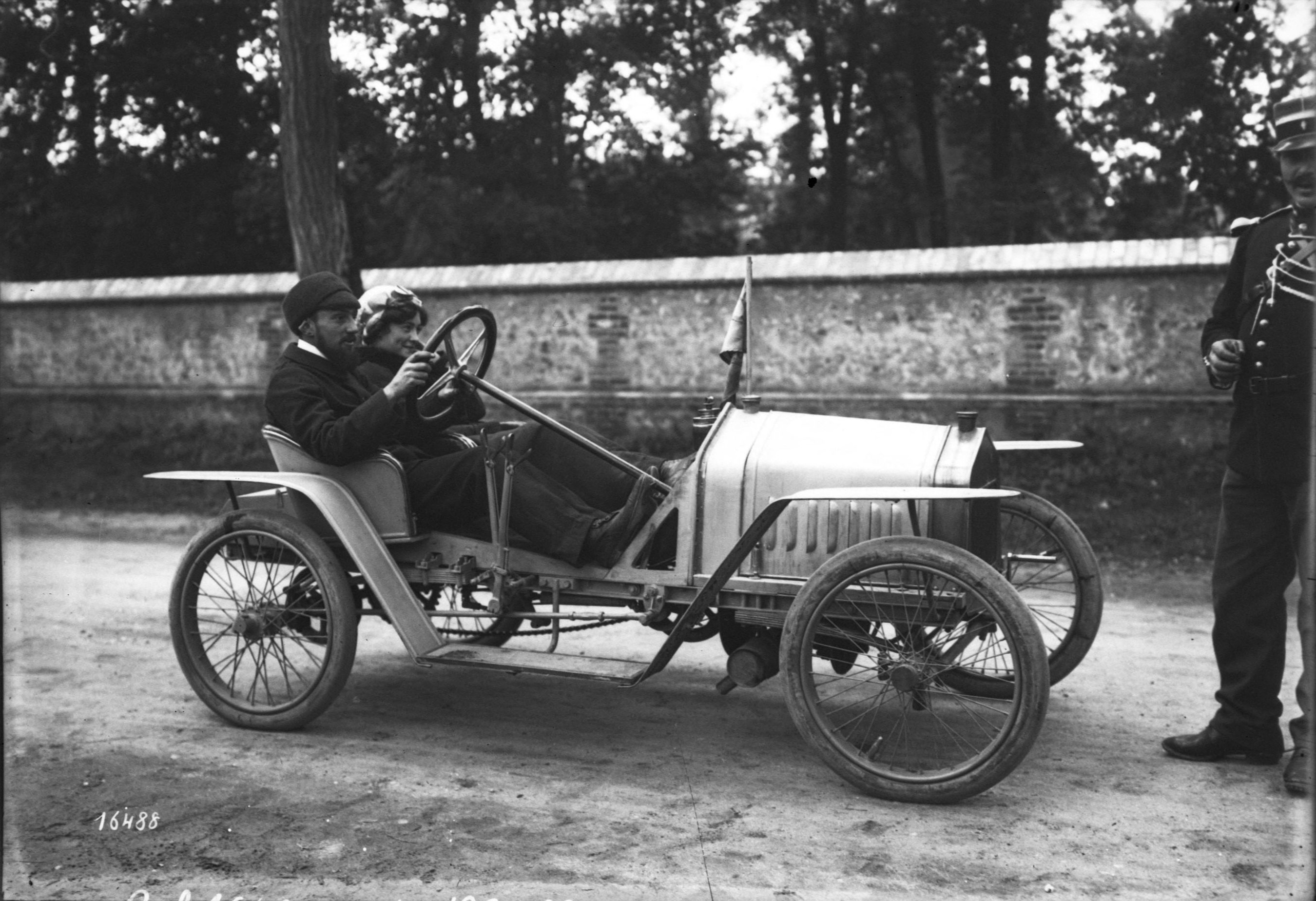|
CIME
C.I.M.E., CIME, La Compagnie Industrielle des Moteurs Explosion, (''Industrial Internal combustion engine, Combustion Engine Company''), was a French manufacturer of light proprietary engines, mainly Inline-four engine, four-cylinder units. CIME also built light automobiles in 1929. History The company was established in Fraisses in the Loire (department), Loire Departments of France, department in central France. ''Cime'' branded engines were first produced in the 1920s for third party car manufacturers. In 1929 they also began producing automobiles, but only about 20 vehicles were produced. It is not known when the company was dissolved. Engines In 1922 an 1100 cc C.I.M.E. engine was fitted in the Anglo French Marlborough (Anglo-French car), Marlborough, which was mostly manufactured by Malicet et Blin in Aubervilliers, Paris. By 1924 it was priced at £175 and was produced until the company closed in 1926. CIME engines were used by a number of cyclecar and ''voiturette ... [...More Info...] [...Related Items...] OR: [Wikipedia] [Google] [Baidu] |
1927 24 Hours Of Le Mans
The 1927 24 Hours of Le Mans, the 5th Grand Prix of Endurance, was a motor race which took place at the Circuit de la Sarthe on 18 and 19 June 1927. The race was one of the most remarkable and dramatic pre-war Le Mans races. It is commonly remembered due to the infamous ''White House crash'', a major accident that involved eight cars including all three of the widely tipped Bentley team's entries, and caused the retirement of two of them. The race was eventually won by the third which, although badly damaged, was able to be repaired by drivers Dudley Benjafield and S. C. H. "Sammy" Davis, Sammy Davis. It was Bentley's second victory in the endurance classic. In a race missing many major manufacturers, the three Bentleys had been comfortably leading from the start, putting a lap on the rest on the field. The accident occurred about 9.40pm, as night was falling and a drizzle had started. A 2-litre Th. Schneider had spun at the White House curves blocking the road when the lead B ... [...More Info...] [...Related Items...] OR: [Wikipedia] [Google] [Baidu] |
Marlborough (Anglo-French Car)
The Marlborough was a make of car sold on the British market between 1906 and 1926. For most of its life the cars were made by Malicet et Blin in France, but after World War I they were partially assembled (finished) in London and an increasing number of British parts used. History The first cars were probably supplied completely built by the French company Malicet et Blin, but over time the British content increased such that the final 2 litre car was made completely in England.Some sources cast doubt over whether complete cars were ever imported, or whether French components were assembled in a workshop in Notting Hill, London. () Malicet & Blin were established suppliers to the French automobile industry, including engines, gearboxes and chassis. In 1909 T.B. André, owner of ''Hartford'' Friction disk shock absorbers, took control of the dealership, and introduced a new range of larger cars with engines ranging in size between 2210 cc and 3617 cc. Although the ... [...More Info...] [...Related Items...] OR: [Wikipedia] [Google] [Baidu] |
Musée Automobile Reims Champagne
Musée Automobile Reims-Champagne, (Reims Automobile Museum), is a motor museum located in Reims. It was founded in 1985 to house the collection of Philippe Charbonneaux. Description The museum was founded in 1985 to house the collection of Philippe Charbonneaux. The premises at 84 Avenue Georges Clémenceau, 51100 Reims, house the fifth largest vehicle collection in France, with 230 cars and motor bikes dating from 1908. The collection Cars The collection includes: Amilcar, Berliet, Chenard-Walcker, CIME, Citroën, DB, De Dion-Bouton, Delage, Delahaye, Panhard, Peugeot, Renault, Salmson, Simca and Talbot. Motorcycles The motorcycle collection includes: BSA, Condor, Gillet Gillet is a Belgian automobile manufacturer, started in 1992 by former racing driver Tony Gillet. The company produces the Vertigo sports coupé, an ultra-lightweight (990 kg) 'bespoke' and hand-built sportscar. The slogan of the company is ..., Monet-Goyon, Motobécane, Norton, NSU, Soyer, ... [...More Info...] [...Related Items...] OR: [Wikipedia] [Google] [Baidu] |
Motor Vehicle Engine Manufacturers
An engine or motor is a machine designed to convert one or more forms of energy into mechanical energy. Available energy sources include potential energy (e.g. energy of the Earth's gravitational field as exploited in hydroelectric power generation), heat energy (e.g. geothermal), chemical energy, electric potential and nuclear energy (from nuclear fission or nuclear fusion). Many of these processes generate heat as an intermediate energy form; thus heat engines have special importance. Some natural processes, such as atmospheric convection cells convert environmental heat into motion (e.g. in the form of rising air currents). Mechanical energy is of particular importance in transportation, but also plays a role in many industrial processes such as cutting, grinding, crushing, and mixing. Mechanical heat engines convert heat into work via various thermodynamic processes. The internal combustion engine is perhaps the most common example of a mechanical heat engine in which hea ... [...More Info...] [...Related Items...] OR: [Wikipedia] [Google] [Baidu] |
Defunct Motor Vehicle Manufacturers Of France
{{Disambiguation ...
Defunct may refer to: * ''Defunct'' (video game), 2014 * Zombie process or defunct process, in Unix-like operating systems See also * * :Former entities * End-of-life product * Obsolescence Obsolescence is the process of becoming antiquated, out of date, old-fashioned, no longer in general use, or no longer useful, or the condition of being in such a state. When used in a biological sense, it means imperfect or rudimentary when comp ... [...More Info...] [...Related Items...] OR: [Wikipedia] [Google] [Baidu] |
Engine Manufacturers Of France
An engine or motor is a machine designed to convert one or more forms of energy into mechanical energy. Available energy sources include potential energy (e.g. energy of the Earth's gravitational field as exploited in hydroelectric power generation), heat energy (e.g. geothermal), chemical energy, electric potential and nuclear energy (from nuclear fission or nuclear fusion). Many of these processes generate heat as an intermediate energy form; thus heat engines have special importance. Some natural processes, such as atmospheric convection cells convert environmental heat into motion (e.g. in the form of rising air currents). Mechanical energy is of particular importance in transportation, but also plays a role in many industrial processes such as cutting, grinding, crushing, and mixing. Mechanical heat engines convert heat into work via various thermodynamic processes. The internal combustion engine is perhaps the most common example of a mechanical heat engine in which heat ... [...More Info...] [...Related Items...] OR: [Wikipedia] [Google] [Baidu] |
Cyclecars
A cyclecar was a type of small, lightweight and inexpensive motorized car manufactured in Europe and the United States between 1910 and the early 1920s. The purpose of cyclecars was to fill a gap in the market between the motorcycle and the car. It could accommodate only two passengers, often sitting in tandem. The demise of cyclecars was due to larger cars – such as the Citroën Type C, Austin 7 and Morris Cowley – becoming more affordable. Small, inexpensive vehicles reappeared after World War II, and were known as microcars. Characteristics Cyclecars were propelled by engines with a single cylinder or V-twin configuration (or occasionally a three or four cylinder engine), which were often air-cooled. Sometimes motorcycle engines were used, in which case the motorcycle gearbox was also used. All cyclecars were required to have clutches and variable gears. This requirement could be fulfilled by even the simplest devices such as provision for slipping th ... [...More Info...] [...Related Items...] OR: [Wikipedia] [Google] [Baidu] |
Car Manufacturers Of France
A car, or an automobile, is a motor vehicle with wheels. Most definitions of cars state that they run primarily on roads, seat one to eight people, have four wheels, and mainly transport people rather than cargo. There are around one billion cars in use worldwide. The French inventor Nicolas-Joseph Cugnot built the first steam-powered road vehicle in 1769, while the Swiss inventor François Isaac de Rivaz designed and constructed the first internal combustion-powered automobile in 1808. The modern car—a practical, marketable automobile for everyday use—was invented in 1886, when the German inventor Carl Benz patented his Benz Patent-Motorwagen. Commercial cars became widely available during the 20th century. The 1901 Oldsmobile Curved Dash and the 1908 Ford Model T, both American cars, are widely considered the first mass-produced and mass-affordable cars, respectively. Cars were rapidly adopted in the US, where they replaced horse-drawn carriages. In Europe and other pa ... [...More Info...] [...Related Items...] OR: [Wikipedia] [Google] [Baidu] |
Derby (French Car)
Derby ( ) is a former vintage era automobile maker based in Courbevoie, Seine, France. Wise, David Burgess. "Derby: Financed in Britain, Built in France", in Ward, Ian, executive editor. ''World of Automobiles'' (London: Orbis, 1974), Volume 5, p.529. History Derby was founded in Courbevoie by Bertrand Montet in 1921 to build ''voiturette''s (cyclecars). These were powered by American vee-twin motorcycle engines, which were shortly replaced with Chapuis-Dorniers. In this form, it became a close copy of Citroën's 5CV ("five horsepower"); at £195 for the two-seat roadster, it was competitive with the contemporary Austin Seven (£225). Shown at the 1923 Olympia Motor Show, Derby failed to gain many sales in Britain. It was there, however, the company displayed the 9 HP, a British-bodied Sports model with wire wheels, priced at £275. This followed the 1923 racer, which had competed at the Brooklands event. Production peaked at approximately 200 cars a year in 1925, falling ... [...More Info...] [...Related Items...] OR: [Wikipedia] [Google] [Baidu] |
Amilcar
The Amilcar was a French automobile manufactured from 1921 to 1940. History Foundation and location Amilcar was founded in July 1921 by Joseph Lamy and Emile Akar. The name "Amilcar" was an imperfect anagram of the partners' names. The business was established at 34 rue du Chemin-Vert in the 11th arrondissement of Paris. However, Amilcar quickly outgrew their restricted city-centre premises, and during the middle part of 1924 the company relocated to Saint-Denis on the northern edge of the city. Early years The original Amilcar was a small cyclecar. Designed by and Edmond Moyet, it bore a striking resemblance to the pre-war Le Zèbre. The vehicle was first exhibited at the Paris Motor Show in October 1921. The business was a leading beneficiary of a cyclecar boom, prompted by a government initiative which held out the promise of a reduced rate of annual car tax, fixed at 100 francs per year, for powered vehicles weighing no more than 350 kg (dry weight, without fuel ... [...More Info...] [...Related Items...] OR: [Wikipedia] [Google] [Baidu] |
Straight-six Engine
A straight-six engine (also referred to as an inline-six engine; abbreviated I6 or L6) is a piston engine with six cylinders arranged in a straight line along the crankshaft. A straight-six engine has perfect primary and secondary engine balance, resulting in fewer vibrations than other designs of six or fewer cylinders. Until the mid-20th century, the straight-six layout was the most common design for engines with six cylinders. However, V6 engines gradually became more common in the 1970s and by the 2000s, V6 engines had replaced straight-six engines in most light automotive applications. Characteristics In terms of packaging, straight-six engines are almost always narrower than a V6 engine or V8 engine, but longer than straight-four engines, V6s, and most V8s. Compared to V-configuration engines with similar power and displacement, the straight configuration has fewer injectors, a single head, and a single exhaust manifold, all contributing to better reliability and perfor ... [...More Info...] [...Related Items...] OR: [Wikipedia] [Google] [Baidu] |






